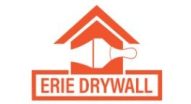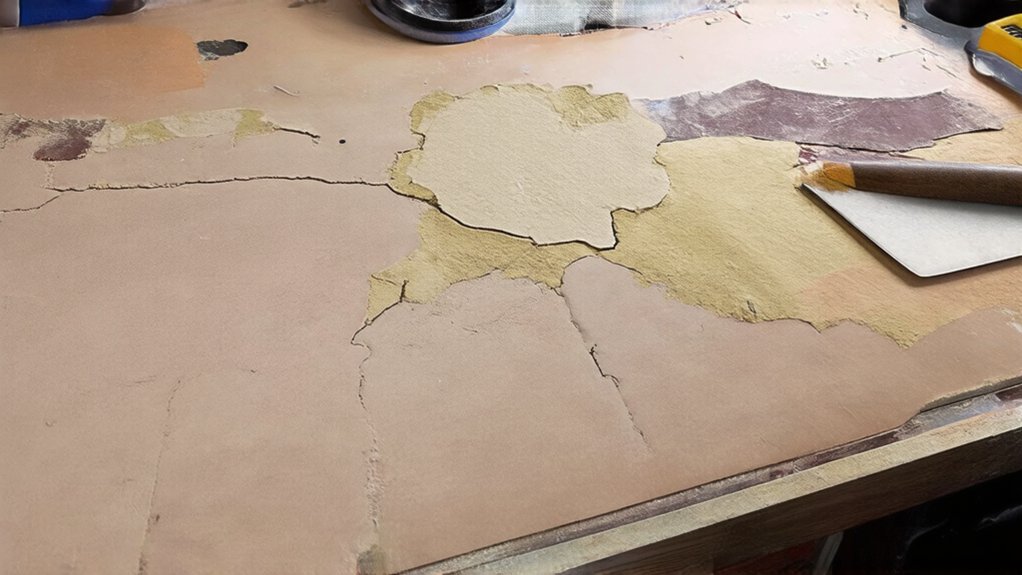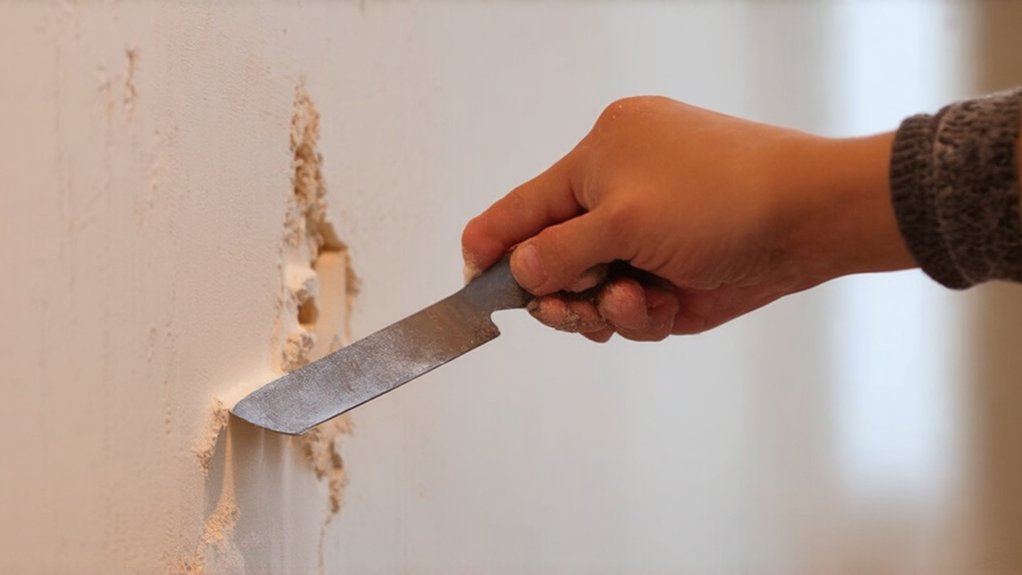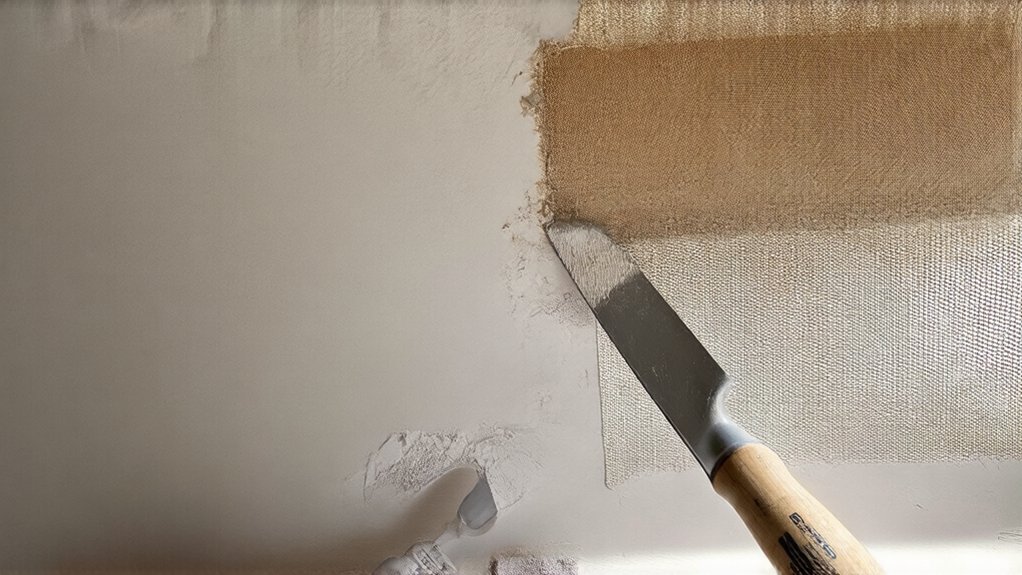You're about to tackle a drywall repair project, so it's critical to avoid common mistakes. Insufficient preparation, incorrect compound application, and poor patching techniques can lead to noticeable flaws. You'll want to guarantee you're using the right methods to achieve a smooth finish. By understanding these mistakes, you can take the first step towards a successful repair and find how to achieve a flawless finish.
Insufficient Preparation
Because you're tackling a drywall repair project, it's pivotal to start with a solid foundation. You're likely enthusiastic to belong to the group of successful DIYers.
Insufficient preparation can lead to uneven texturing, making your repair stand out. Improper cleaning of the area can also cause issues, so take your time. Clean the surface thoroughly to guarantee a strong bond, and your project will be off to a great start, helping you feel more confident and connected to your community. Residential drywall professionals in Erie recommend thorough surface preparation to ensure a flawless repair finish.
Incorrect Compound Application
You're moving forward with your drywall repair project, and now it's time to apply the compound. Avoid common mistakes like uneven layer thickness and insufficient compound feathering. Consider these errors:
- Incorrect trowel size
- Insufficient drying time
- Uneven pressure
- Inadequate sanding, which can lead to a poor finish, making you feel frustrated and concerned about the outcome.
Drywall installation professionals in Erie, PA recommend using high-density compound and taking extra care during the application process to ensure a smooth, professional result.
Poor Patching Techniques
Now that you've applied the compound, it's time to focus on patching techniques. You're working to fit in with a flawless repair, so avoid improper texture matching. A lack of joint reinforcement can lead to further damage.
Make sure to reinforce joints for a strong bond, and match the texture around the patch to blend with the surrounding area, creating a seamless fix that makes you feel like a pro, and helps you belong with a perfectly repaired wall.
Inadequate Sanding Methods
Inadequate sanding methods can lead to a patch that stands out like a sore thumb. You'll want to avoid uneven sanding patterns and excessive drywall removal.
Consider these mistakes:
- Insufficient sanding
- Incorrect grit
- Uneven pressure
- Rushed process. This helps you fit in with a beautifully repaired wall, feeling proud of your work.
Failure to Prime Surfaces
After guaranteeing your drywall repair is sanded to perfection, it's time to think about the next steps. You're part of a community that values quality work.
Avoid improper priming techniques by not overlooking priming steps. This helps you achieve a smooth finish, making you feel proud of your work.
Proper priming secures a strong bond, so take your time and get it right, you'll be glad you did, and your final result will show it.
Rushing the Drying Process
When you're anxious to finish a drywall repair project, it's tempting to rush the drying process. This can lead to improper ventilation and uneven drying.
You may face:
- Delayed completion
- Reduced quality
- Increased costs
- Frustration, affecting your sense of belonging to a community of successful DIYers.
Frequently Asked Questions
Can I Paint Over Drywall Tape?
You're painting, and you wonder if you can paint over drywall tape. You should be applying primer before, and checking tape adhesion first, to guarantee it won't show through.
How Long Does Drywall Take to Cure?
You're wondering how long drywall takes to cure, it depends on proper curing duration, typically 24-48 hours, under ideal curing conditions, you'll get best results, promoting a sense of community in DIY projects.
Can I Use Spackle on Ceiling?
You're fixing a ceiling, and you wonder if you can use spackle, considering self leveling spackle or joint compound usage, to get it just right, feeling proud of your handy work.
Is Drywall Repair Noisy Process?
You're wondering if drywall repair is noisy, and yes, it can be, involving a loud patching process and dusty preparation work, so be prepared for the chaos it'll bring nearby.
Can I Fix Drywall Myself?
You can fix drywall yourself by learning DIY drywall patching techniques and using basic drywall repair tools, giving you a sense of accomplishment and community with fellow DIY enthusiasts nearby.



